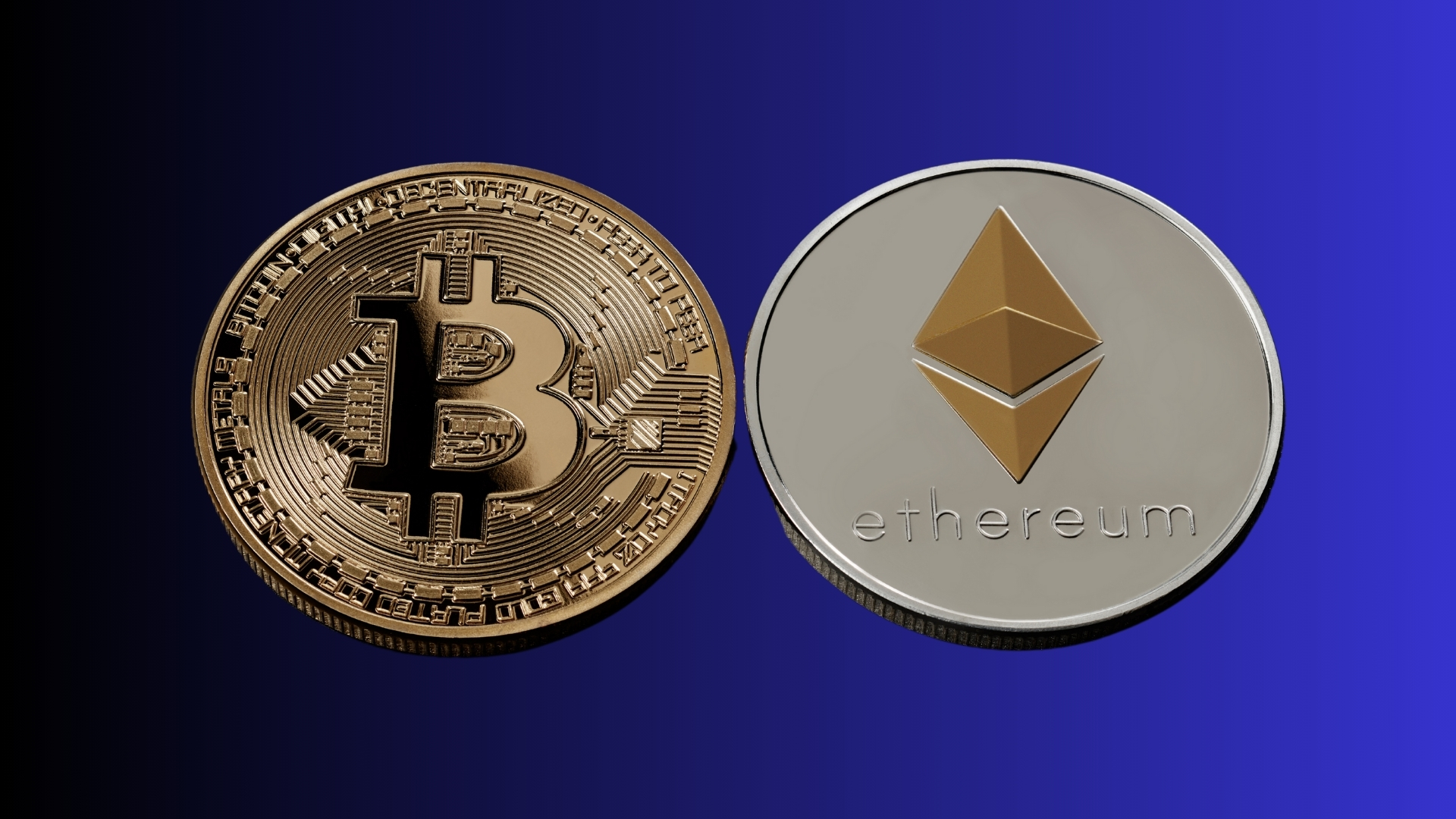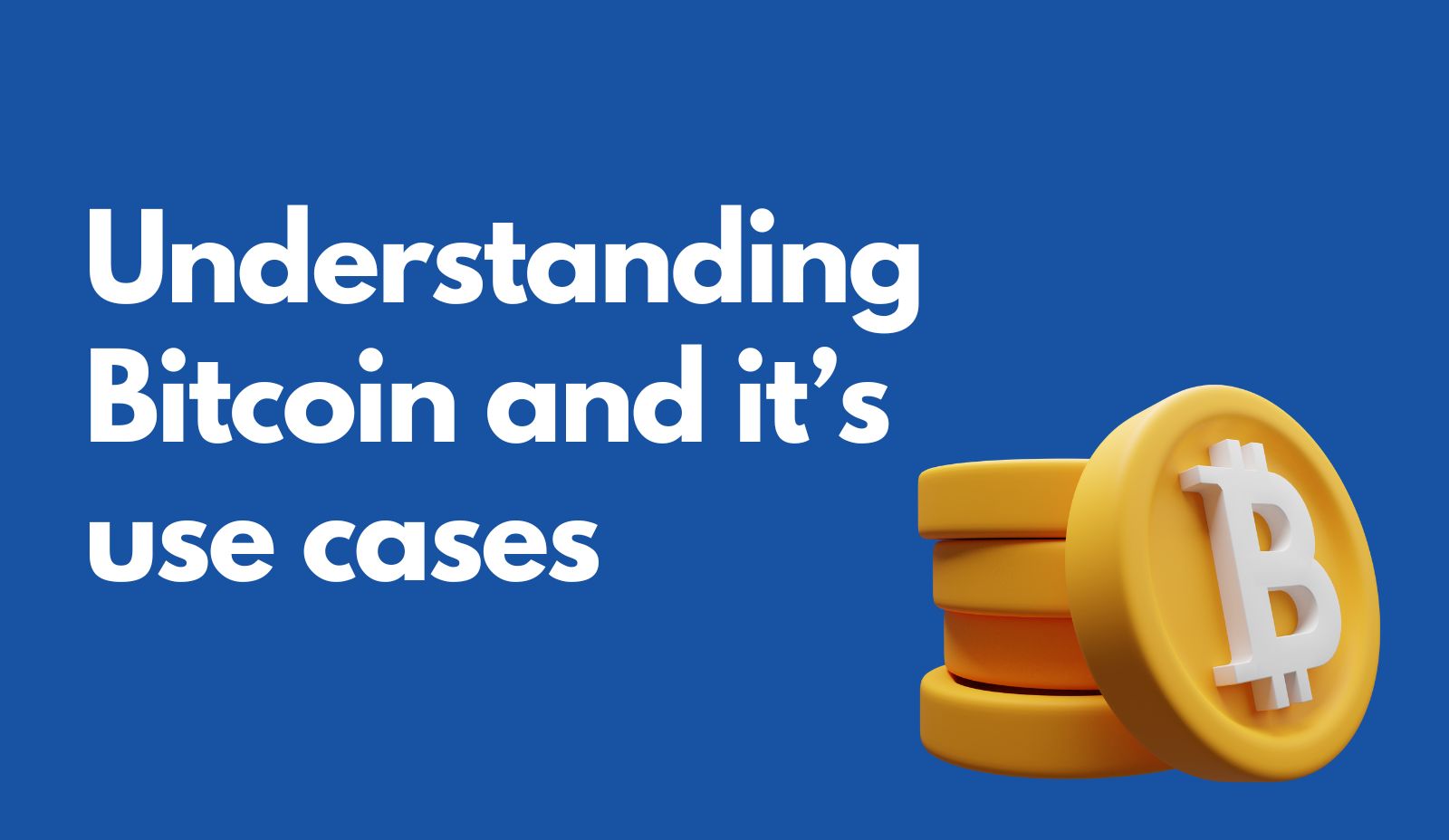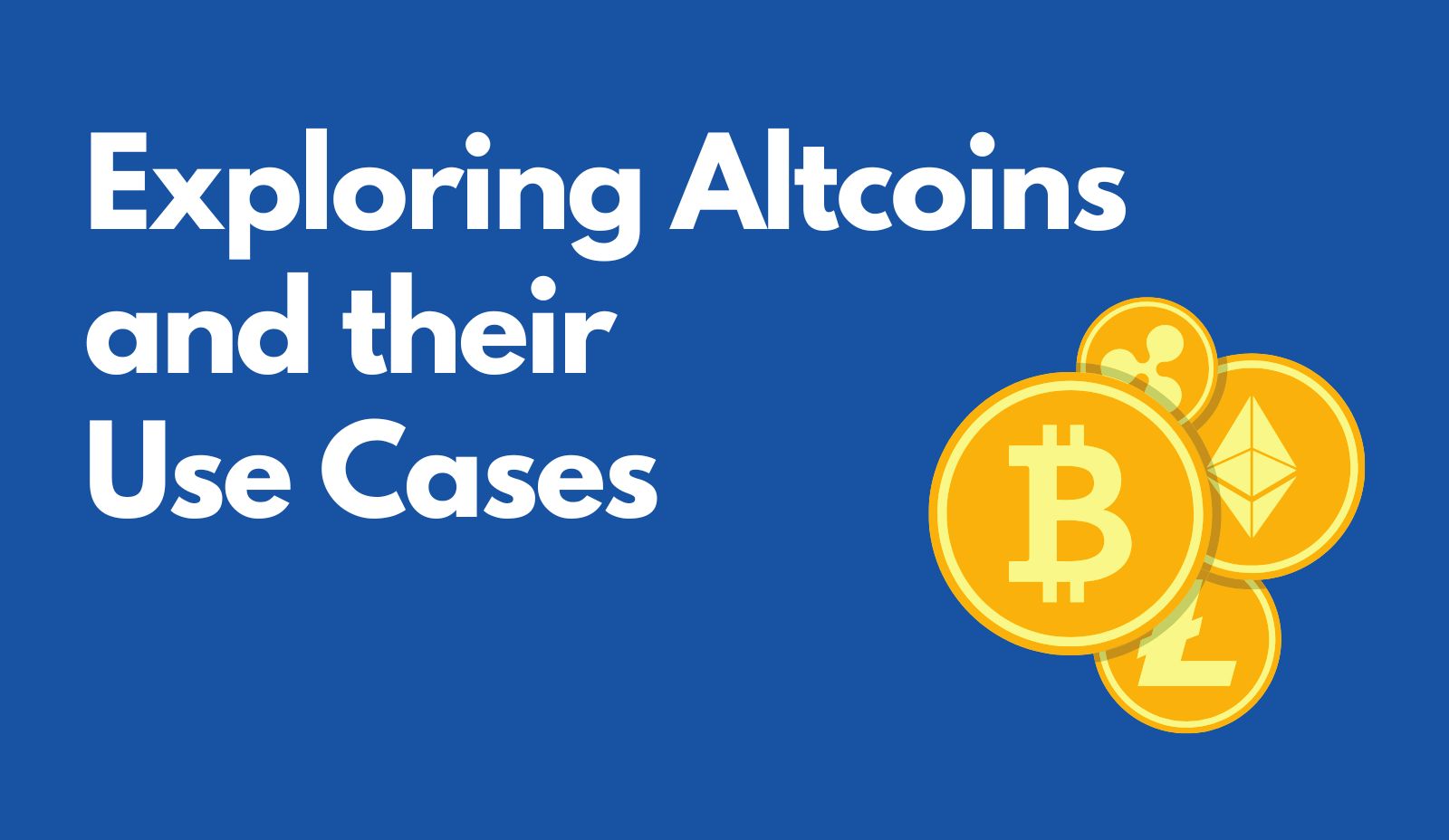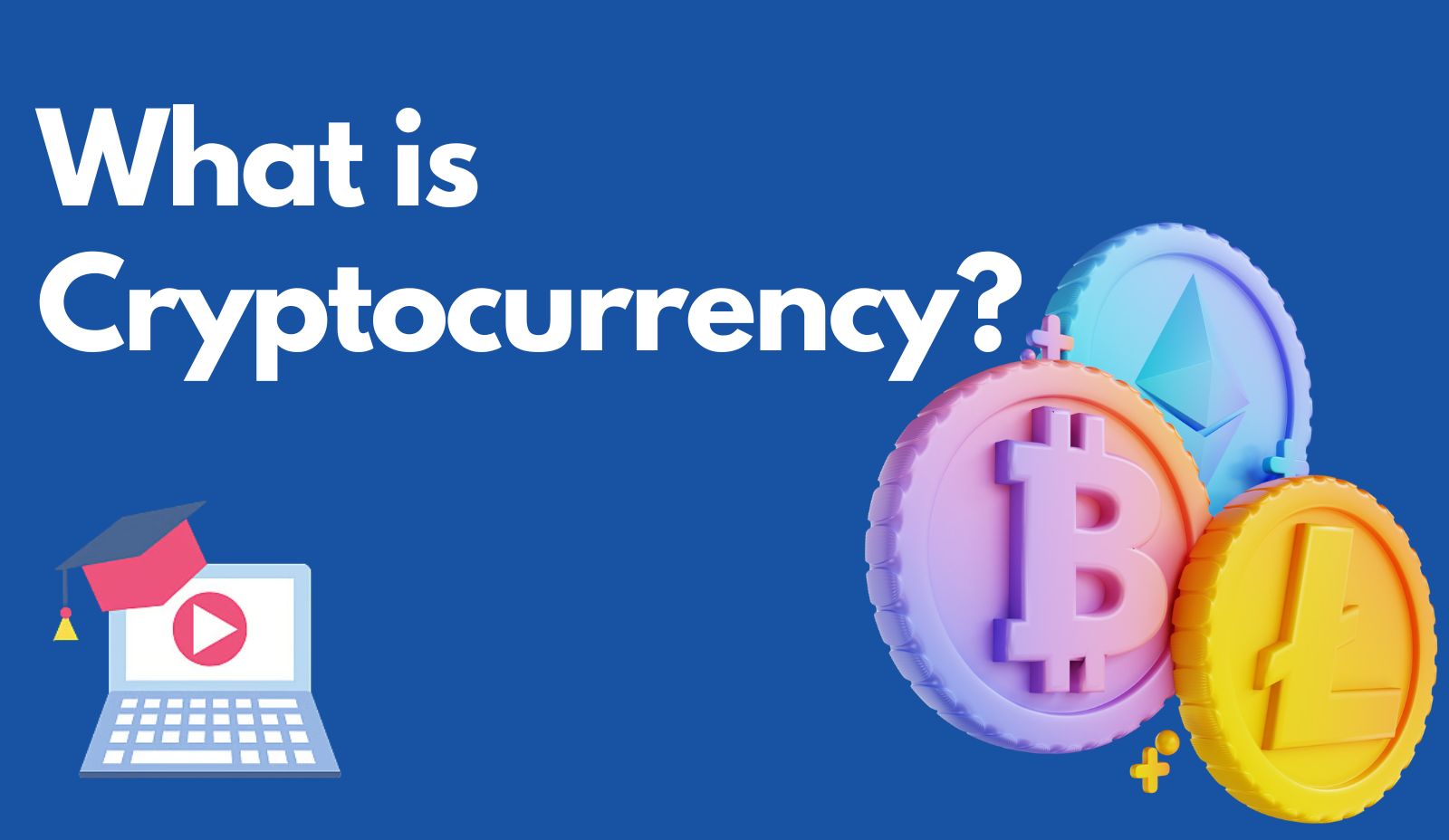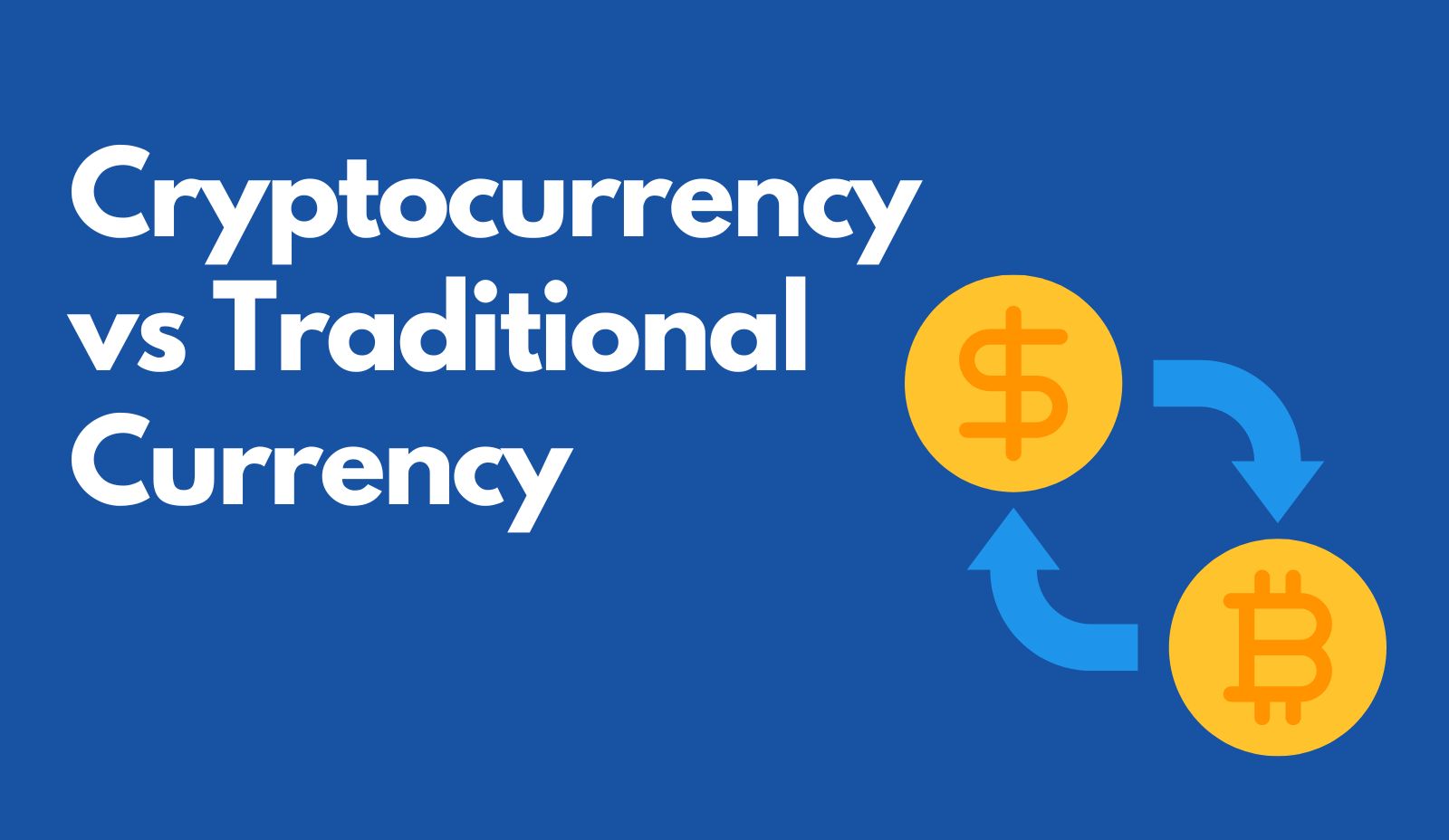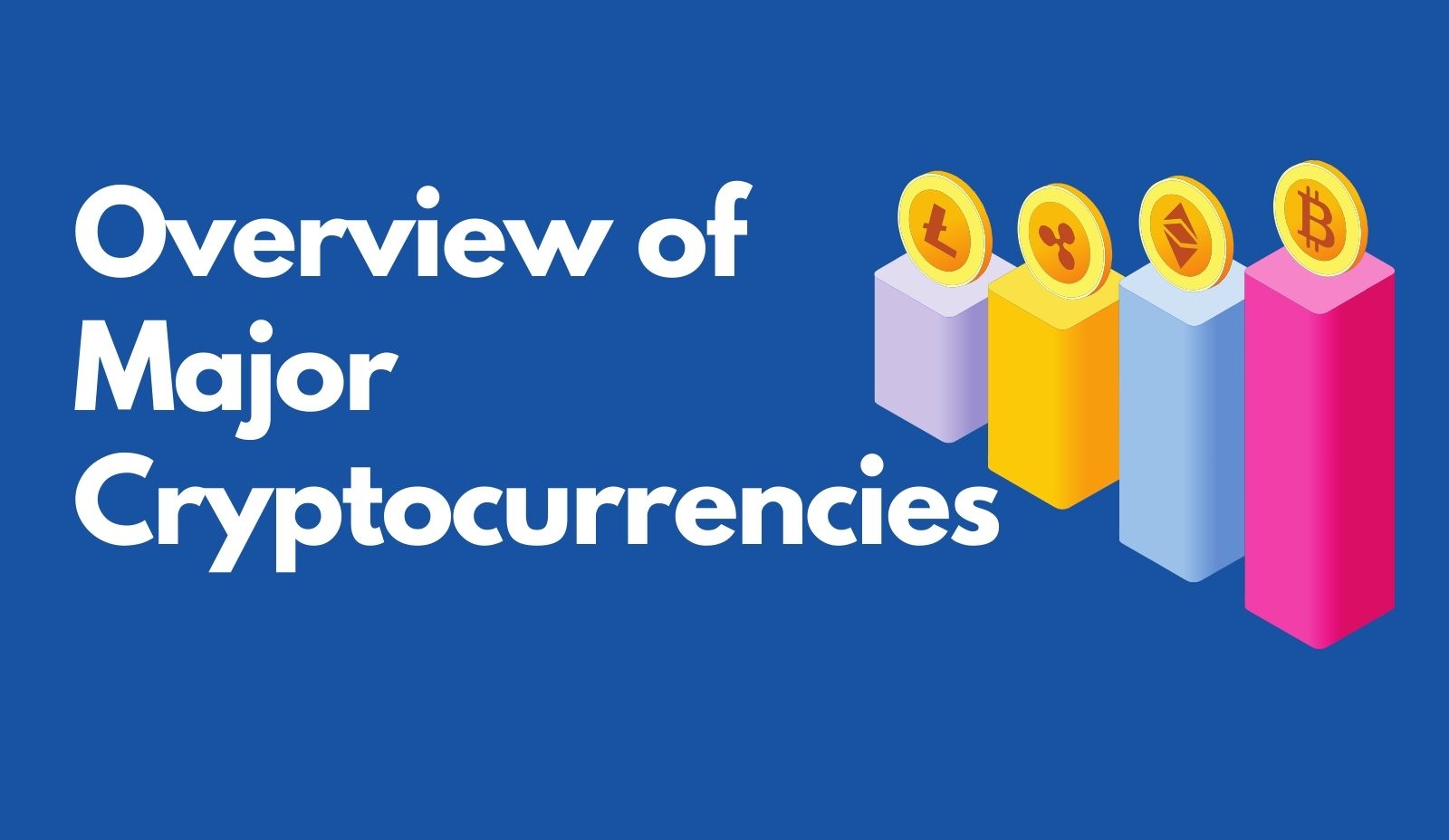Cryptocurrency Coins vs Tokens Explained
Jump to section
What Are Coins and Tokens?
In the world of cryptocurrency, understanding the distinction between coins and tokens is crucial. Both are digital assets, but they operate differently within the blockchain ecosystem.
Coins: The Backbone of Blockchains
What are Coins? Coins are digital assets that operate on their own independent blockchain. They are self-sufficient and run on their networks, making them the backbone of their respective blockchain ecosystems.
Examples of Coins:
- Bitcoin (BTC): The first and most well-known cryptocurrency, operating on the Bitcoin blockchain.
- Ethereum (ETH): A leading coin that runs on its own blockchain, Ethereum, known for its smart contract functionality.
- Monero (XMR): A privacy-focused coin operating on the Monero blockchain.
Characteristics of Coins:
- Fungibility: Each unit of the coin is identical in value and function to any other unit.
- Divisibility: Coins can be divided into smaller units, facilitating microtransactions.
- Portability: Easily transferable across the globe.
- Limited Supply: Many coins have a capped supply, such as Bitcoin’s limit of 21 million coins.
Primary Function: Coins primarily serve as a medium of exchange, similar to traditional currencies. They are used to pay for transactions on their respective blockchain networks and facilitate value transfer.
Tokens: Versatile Digital Assets on Existing Blockchains
What are Tokens? Tokens are digital assets that operate on an existing blockchain network. Unlike coins, tokens do not have their own blockchain and rely on platforms like Ethereum for their operations.
Examples of Tokens:
- Basic Attention Token (BAT): Utilized within the Brave browser to enhance digital advertising by rewarding users for viewing ads.
- Chainlink (LINK): Provides decentralized oracles that enable smart contracts on Ethereum to securely interact with real-world data.
- Uniswap (UNI): Used for governance and transaction fees within the Uniswap decentralized exchange.
Characteristics of Tokens:
- Smart Contracts: Tokens often utilize smart contracts for their functionality, allowing automated, secure transactions.
- Flexibility: Tokens can represent various assets, including utility tokens, security tokens, and stablecoins.
- Interoperability: They can be easily created and managed on established blockchains like Ethereum, Binance Smart Chain, and Solana.
Primary Function: Tokens offer a wider range of functionalities beyond value exchange. They are often integral to the operation of decentralized applications (DApps) and specific projects within the blockchain ecosystem.
Key Differences Between Coins and Tokens
Blockchain Dependency:
- Coins: Operate on their own blockchain (e.g., Bitcoin, Ethereum).
- Tokens: Operate on existing blockchains (e.g., ERC-20 tokens on Ethereum).
Creation Process:
- Coins: Require building a new blockchain, a process that demands significant technical expertise.
- Tokens: Can be created more easily using existing blockchain platforms, making the process simpler and more accessible.
Primary Use:
- Coins: Primarily function as a medium of exchange and are used for paying transaction fees on their native networks.
- Tokens: Often serve specific purposes within their project’s ecosystem, such as providing access to features, governance, or staking.
The Role of Coins and Tokens in the Crypto Ecosystem
Coins: Provide the foundational infrastructure for secure, decentralized networks, enabling peer-to-peer transactions and acting as a store of value.
Tokens: Enable the development and functionality of decentralized applications and services. They are pivotal in creating a diverse and versatile cryptocurrency space, supporting various use cases from digital advertising to decentralized finance (DeFi).
Popular Coins and Tokens
- Bitcoin (BTC): The pioneer cryptocurrency, used as a digital store of value and medium of exchange.
- Ethereum (ETH): Powers the Ethereum blockchain, supporting a wide range of DApps and smart contracts.
- Monero (XMR): Focuses on privacy and anonymity in transactions.
- Basic Attention Token (BAT): Rewards users and publishers within the Brave browser ecosystem.
- Chainlink (LINK): Facilitates secure data exchange between smart contracts and external data sources.
- Uniswap (UNI): Used within the Uniswap DEX for governance and transaction fees.
Conclusion
Both coins and tokens are integral to the cryptocurrency ecosystem, each serving unique roles. Coins form the foundation of blockchain networks, while tokens drive the functionality of decentralized applications and services. Understanding their differences and applications helps navigate the dynamic and evolving world of cryptocurrency effectively.

